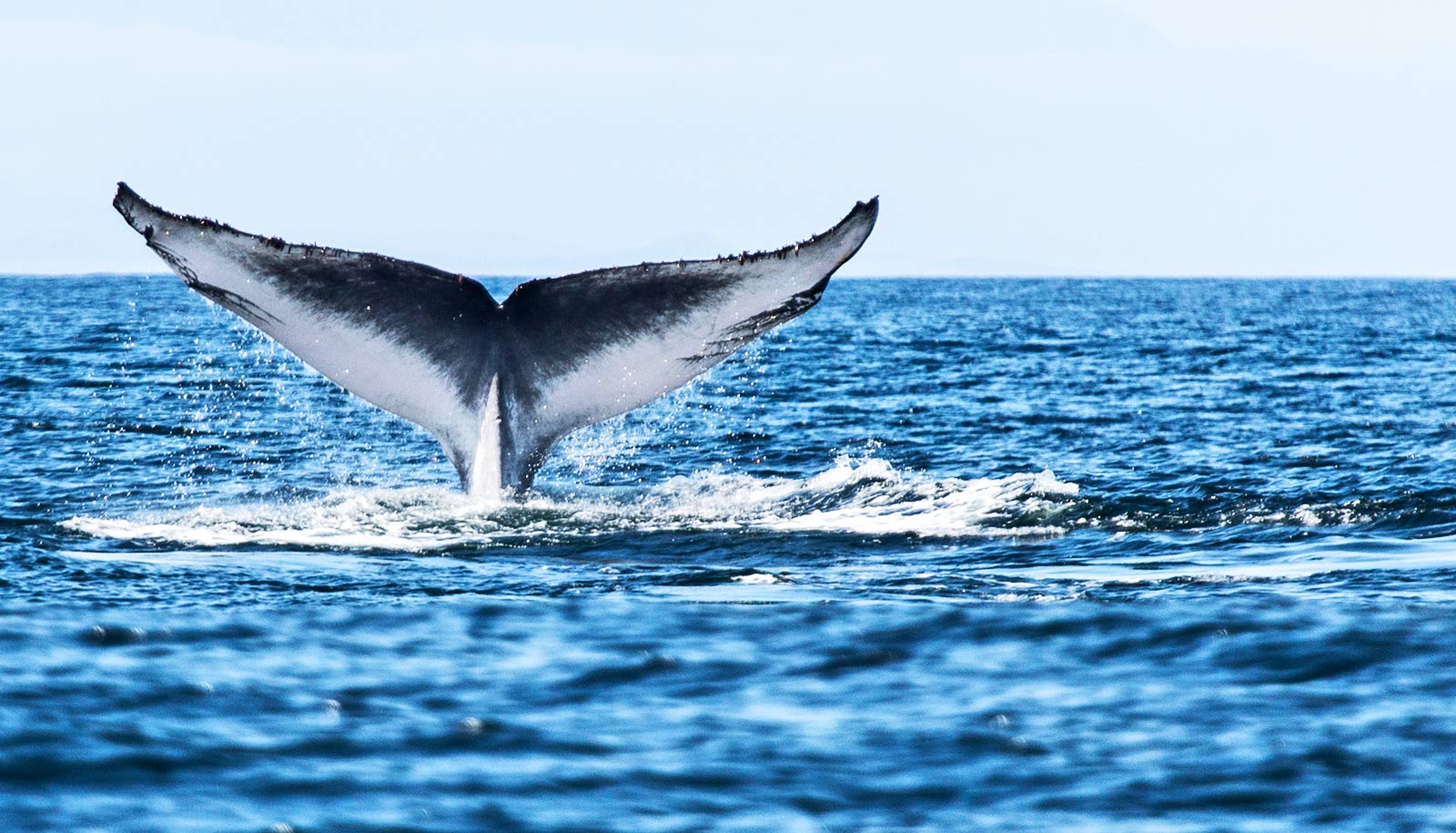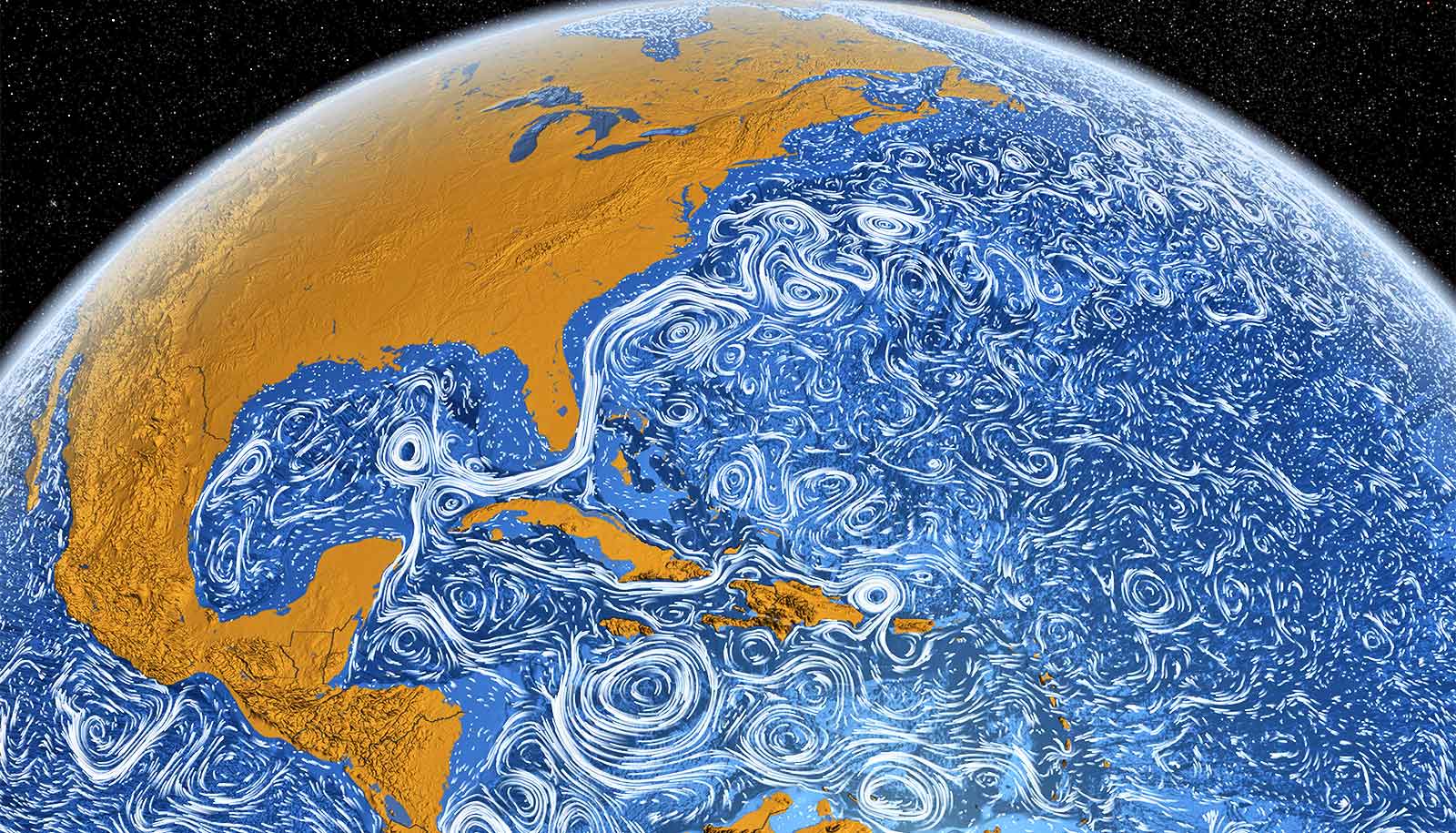Oxygen didn’t catalyze the swift blossoming of Earth’s first multicellular ocean organisms, according to a new study.
The findings defy a 70-year-old assumption about what caused the explosion of fauna hundreds of millions of years ago.
Between 685 and 800 million years ago, multicellular organisms began to appear in all of Earth’s oceans during what’s known as the Avalon explosion, a forerunner era of the more famed Cambrian explosion. During this era, sea sponges and other bizarre multicellular organisms replaced small single-celled amoeba, algae, and bacteria, which until then, had had run of the planet for more than 2 billion years.
Up until now, it was believed that increased oxygen levels triggered the evolutionary arrival of more advanced ocean organisms. The new study disproves this, researchers report.
By studying the chemical composition of ancient rock samples from an Omani mountain range, the researchers were able to “measure” oxygen concentrations in the world’s oceans from when these multicellular organisms appeared. Defying expectations, the result shows that Earth’s oxygen concentrations had not increased. Indeed, levels remained 5-10 times lower than today, which is roughly how much oxygen there is at twice the height of Mount Everest.
“Our measurements provide a good picture of what average oxygen concentrations were in the world’s oceans at the time. And it’s apparent to us that there was no major increase in the amount of oxygen when more advanced fauna began to evolve and dominate Earth. In fact, there was somewhat of a slight decrease,” says Christian J. Bjerrum, associate professor at the University of Copenhagen who has quantified the conditions surrounding the origin of life for the past 20 years.
Origin of ocean life
The new result puts to rest a 70-year research story that advances the centrality of higher oxygen concentrations in the development of more advanced life on our planet.
“The fact that we now know, with a high degree of certainty, that oxygen didn’t control the development of life on Earth provides us with an entirely new story about how life arose and what factors controlled this success,” Bjerrum says. “Specifically, it means that we need to rethink a lot of the things that we believed to be true from our childhood learning. And textbooks need to be revised and rewritten.”
There remains much that the researchers don’t know, as well as and a plethora of controversy. Therefore, Bjerrum hopes that the new result can spur other researchers around the world to reconsider their previous results and data in a new light.
“There are many research sections around the world, including in the United States and China, that have done lots of research on this topic, whose earlier results may shed important new details if interpreted on the basis that oxygen didn’t drive the development of life,” Bjerrum says.
For the new study, published in the journal GeoBiology, the researchers analyzed rock samples from, among other places, the Oman Mountains in northern Oman. While quite high and very dry today, the mountains were on the seabed during the Avalon explosion’s rapid blossoming of organism diversity.
The researchers have had their findings confirmed in fossils from three different mountain ranges around the world: the Oman Mountains (Oman), Mackenzie Mountains (NW Canada), and the Yangtze Gorges area of South China.
Over time, clay and sand from land are washed into the sea, where they settle into layers on the seabed. By going down through these layers and examining their chemical composition, researchers can get a picture of ocean chemistry at a particular geologic time.
The analyses were performed using thallium and uranium isotopes found in the mountains, which the researchers were able to extract data from, and in doing so, calculate oxygen levels from many hundreds of millions of years ago.
Absence of oxygen
So, if not extra oxygen, what triggered the era’s explosion of life? Perhaps the exact opposite, Bjerrum
“It’s interesting that the explosion of multicellular organisms occurs at a time with low concentrations of atmospheric and oceanic oxygen. That indicates that organisms benefited from lower levels of oxygen and were able to develop in peace, as the water chemistry protected their stem cells naturally,” Bjerrum says.
The same phenomenon has been studied in cancer research, in the stem cells of humans and other animals, Bjerrum says. Here, colleagues at Lund University observed that low oxygen levels are crucial for keeping stem cells under control until an organism decides that the cell ought to develop into a specific type of cell, such as a muscle cell.
“We know that animals and humans must be able to maintain low concentrations of oxygen in order to control their stem cells, and in so doing, develop slowly and sustainably. With too much oxygen, the cells will develop, and in the worst case, mutate wildly and perish. It is far from inconceivable that this mechanism applied back then,” Bjerrum says.
Additional coauthors are from Woods Hole Oceanographic Institute, the University of Southern Denmark, Lund University, and the University of Copenhagen.
Source: University of Copenhagen



